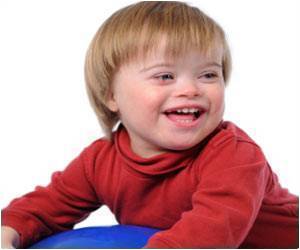Washington University School of Medicine in St. Louis conducted a study which revealed that siblings of autistic children do experience more frequent language delays.

The study found that approximately one in five siblings thought to be unaffected experienced language delays or speech problems early in life.
Also, many female siblings had subtle traits, but few had full-blown autism spectrum disorders. Boys are thought to be affected four times more often than girls.
"When we look only at the full syndrome for inherited traits, we miss a lot of individuals who may have genetic susceptibility and subtle aspects of autism. In other words, many siblings of children on the spectrum have significant, subclinical traits of autism, but, for whatever reason, they never actually develop the disorder," said Constantino.
One striking finding was that among siblings, 20 percent had received a diagnosis of language delay or speech problems early in life. And half of them had particular qualities of speech that are autistic in nature.
The study also found that in families with only one child with autism, it was much more common for that child's siblings not to have any evidence of quantitative traits. And it was less common for siblings to be affected with those traits than for non-identical twins.
Advertisement
The findings appear online and will be published in the November issue of The American Journal of Psychiatry.
Advertisement










